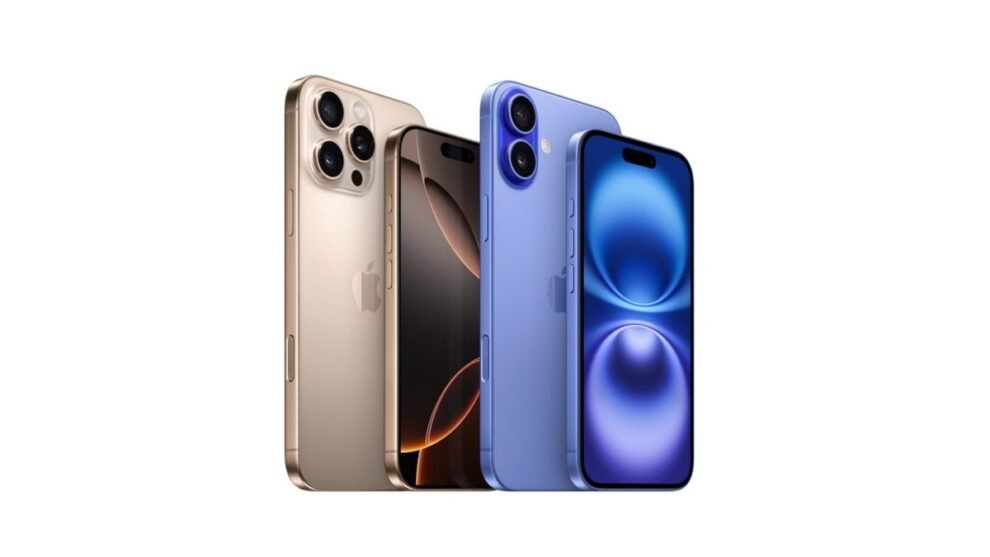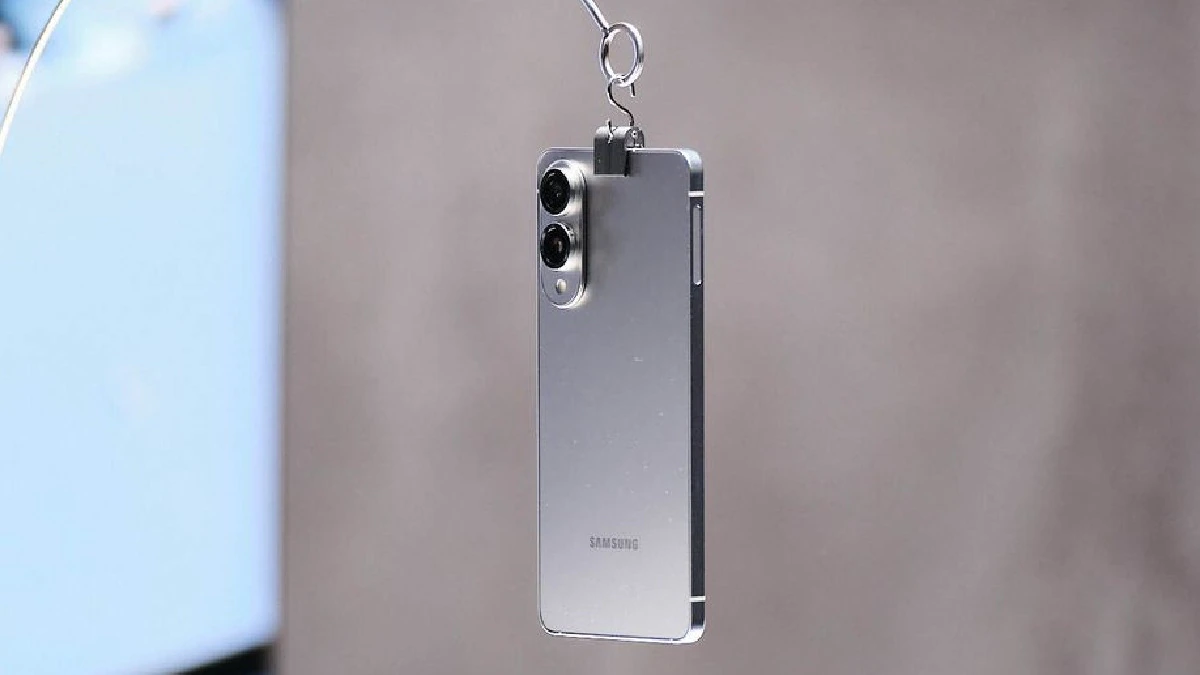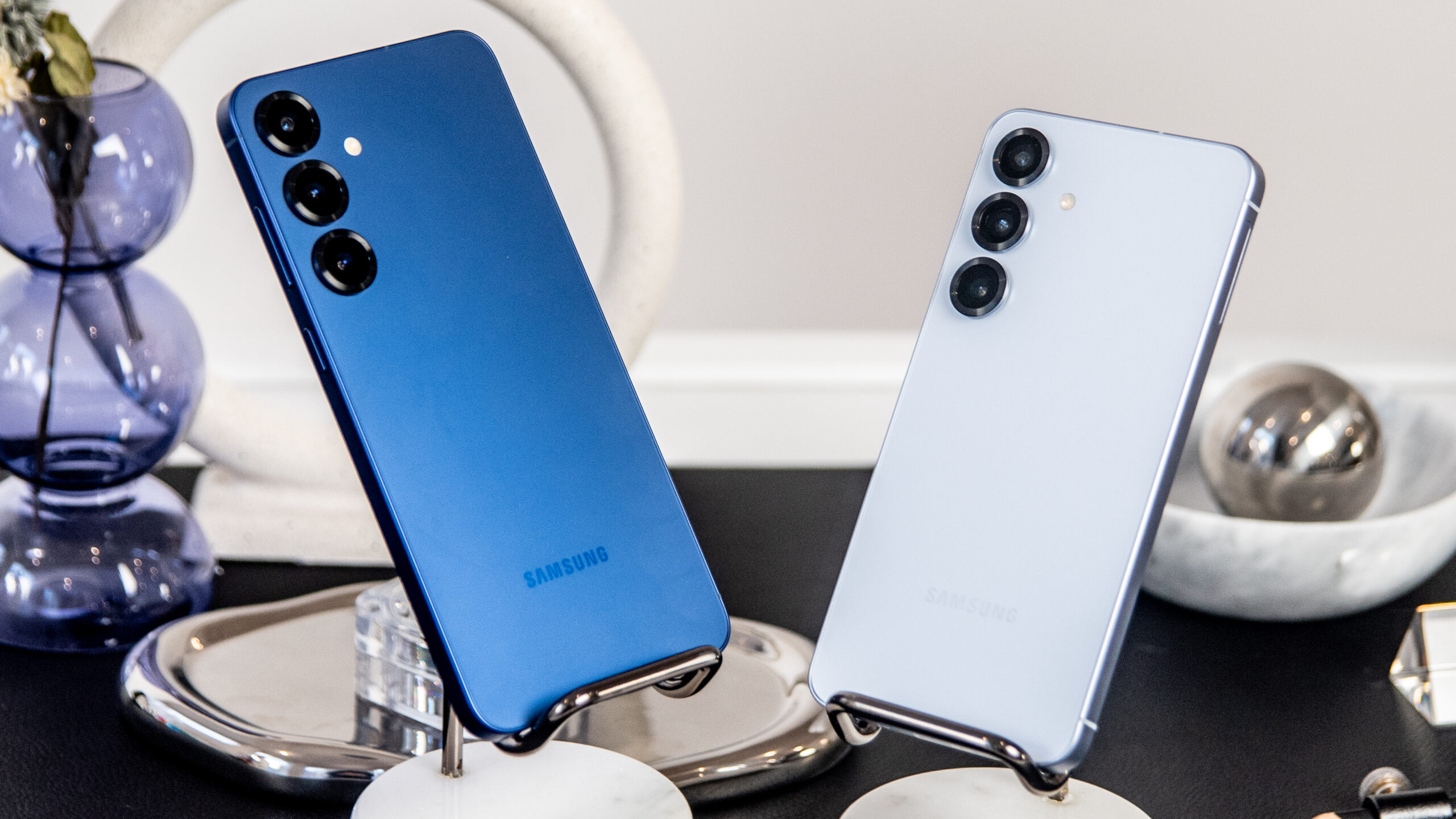Apple, the company that redefined how we consume music with the iPod and revolutionized mobile communication with the iPhone, has reportedly abandoned a bold initiative: a subscription service for its flagship device. Bloomberg’s Mark Gurman, known for his reliable insights into Apple’s inner workings, recently reported that the project, which aimed to transform iPhones from a one-time purchase into a recurring subscription, has been scrapped. This news, while surprising to some, follows months of speculation and rumors surrounding the program’s feasibility and potential impact on the market.
A New Era of Ownership?
The idea behind the iPhone subscription service was simple yet revolutionary. Instead of purchasing an iPhone outright, customers would pay a monthly fee to access the latest model, with the option to upgrade to a new device periodically. This model, similar to leasing a car, would have provided users with a more flexible and affordable way to own an iPhone, while also generating a steady stream of recurring revenue for Apple.
Imagine this: you no longer have to worry about shelling out a hefty sum every time a new iPhone hits the market. Instead, you pay a fixed monthly fee and enjoy the latest technology without the upfront cost. This proposition was particularly appealing to those who crave the newest gadgets but are hesitant to commit to a large purchase or are locked into lengthy carrier contracts.
The Allure of Recurring Revenue
For Apple, the subscription model offered a tantalizing prospect: a predictable and consistent revenue stream. In recent years, the company has been steadily expanding its services business, which includes offerings like Apple Music, iCloud, and Apple TV+. The iPhone subscription service would have been a significant addition to this portfolio, potentially boosting the company’s bottom line and reducing its reliance on hardware sales.
The appeal of recurring revenue models is undeniable. Just look at the success of companies like Netflix and Spotify, which have built empires on subscription-based services. Apple, with its massive user base and brand loyalty, was well-positioned to replicate this success in the hardware space.
Challenges and Roadblocks
However, despite the potential benefits, the iPhone subscription service faced several hurdles. One major challenge was the complexity of pricing. Determining a monthly fee that was both attractive to consumers and profitable for Apple proved to be a delicate balancing act. Factors like device model, storage capacity, upgrade frequency, and included services all needed to be considered.
Another obstacle was the potential impact on Apple’s existing sales channels. The subscription model could have cannibalized sales of iPhones through traditional channels, such as carrier partnerships and direct purchases. Striking the right balance between the new subscription service and existing sales models would have been crucial.
Furthermore, there were concerns about consumer perception. Would customers embrace the idea of essentially “renting” an iPhone rather than owning it outright? There was a risk that the subscription model could be perceived as less appealing, especially for those who prefer to own their devices or are wary of recurring costs.
A Shift in Strategy?
While the exact reasons behind Apple’s reported cancellation remain unclear, it’s possible that the company decided to shift its focus to other areas. Apple is known for its meticulous planning and its willingness to abandon projects that don’t align with its long-term vision.
Perhaps the company concluded that the challenges associated with the iPhone subscription service outweighed the potential benefits. Or maybe Apple is exploring alternative strategies to achieve similar goals, such as offering more flexible financing options or expanding its trade-in programs.
The Future of Smartphone Ownership
Despite the apparent setback, the concept of subscribing to hardware rather than owning it outright is likely to persist. Other companies, such as Google with its Pixel Pass program, are already experimenting with similar models. The line between hardware and software is becoming increasingly blurred, and subscription services offer a way to bundle these offerings into a more seamless and accessible package.
It remains to be seen whether Apple will revisit the idea of an iPhone subscription service in the future. Perhaps the company will refine its approach, addressing the challenges that led to the reported cancellation. Or maybe Apple will pursue entirely new avenues to innovate in the ever-evolving smartphone market.
My Take
Personally, I was intrigued by the idea of an iPhone subscription service. As someone who enjoys having the latest technology, the prospect of upgrading my iPhone more frequently without the hefty upfront cost was appealing. However, I also understand the potential drawbacks, such as the recurring costs and the lack of ownership.
I believe that subscription models have the potential to transform how we consume technology, but they need to be carefully designed and implemented. Companies need to strike the right balance between affordability, flexibility, and consumer perception.
What’s Next?
While the iPhone subscription service may be dead for now, Apple is unlikely to stand still. The company is known for its relentless pursuit of innovation, and I’m eager to see what it has in store for the future of smartphone ownership. Whether it’s through new financing options, enhanced trade-in programs, or perhaps even a revamped subscription model, Apple is sure to continue pushing the boundaries of what’s possible.
In the meantime, the tech world will be watching closely, eager to see what Apple’s next move will be.









Add Comment